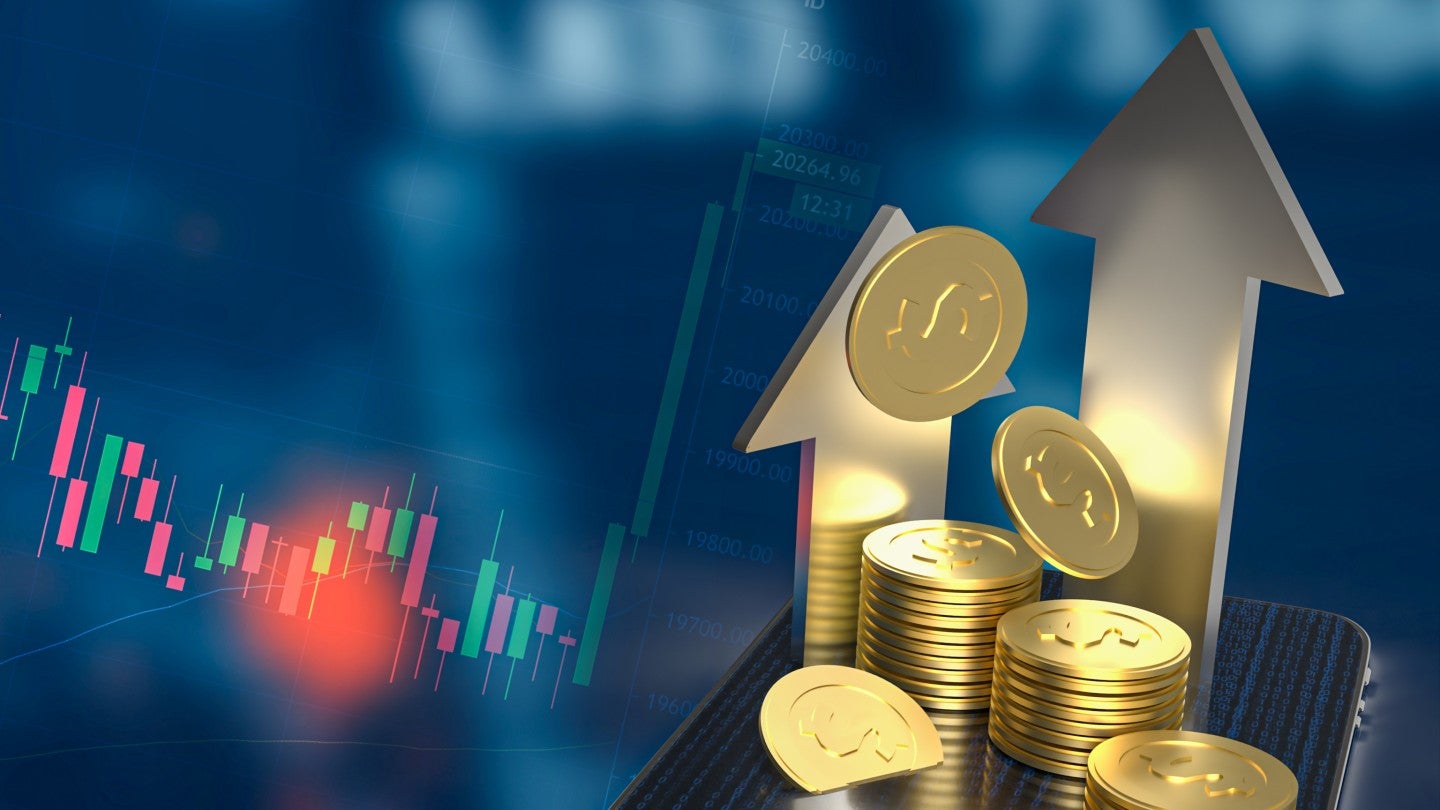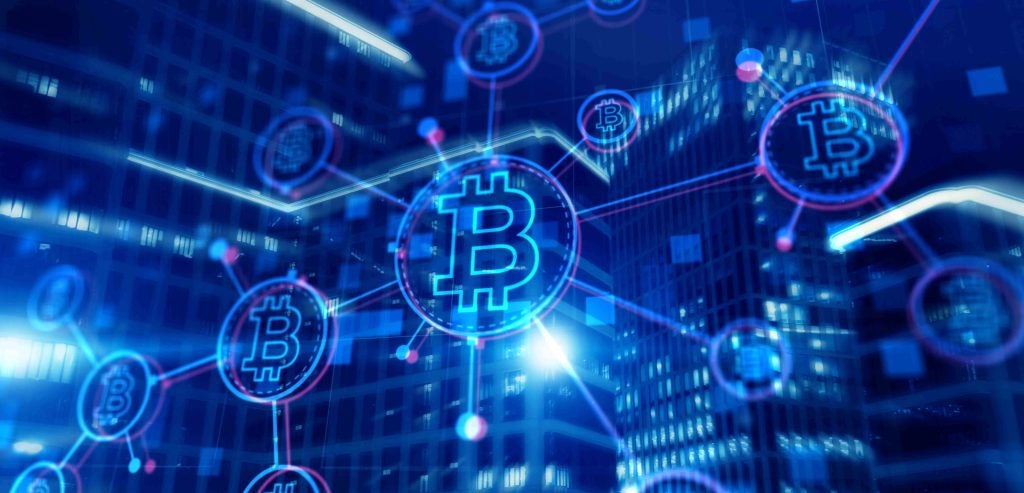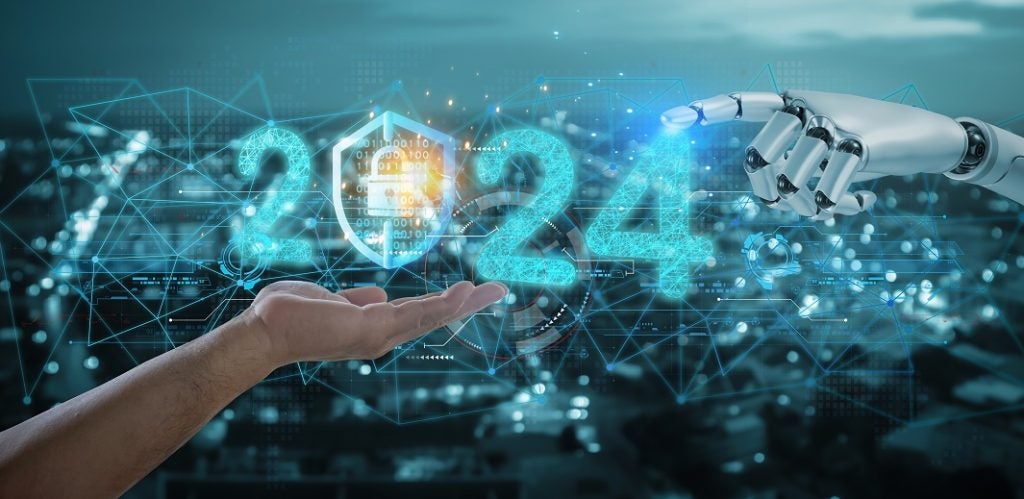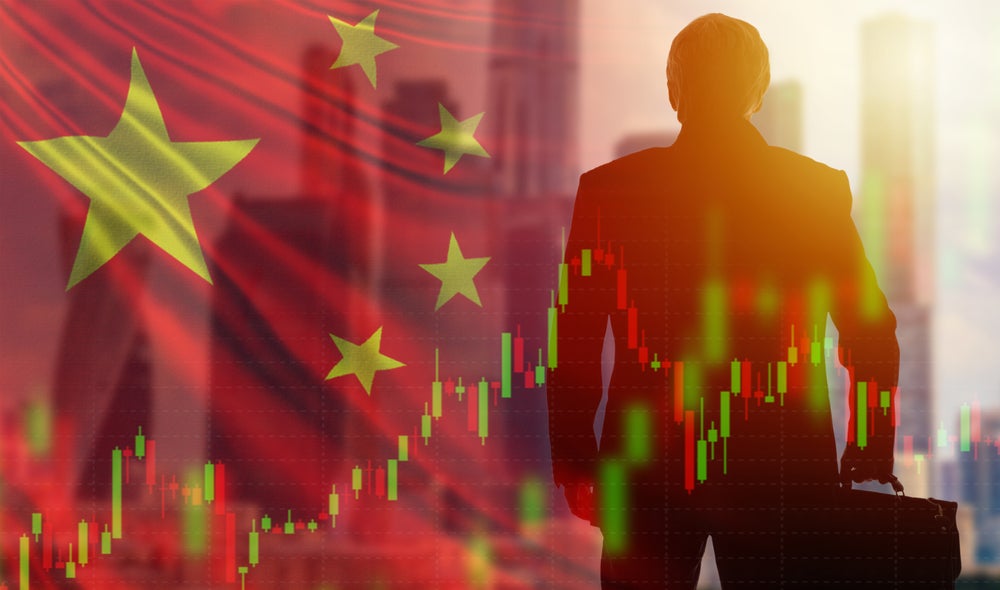
Over a decade after the creation of blockchain, businesses are now seeing past the hype and novelty that drove early adoption of the technology to see the more valuable use case of asset tokenisation.
Asset tokenisation is the representation of physical or digital assets as dividable records on a decentralised ledger – a blockchain. Tokenising assets in this way provides a means of recording ownership and allowing investors to buy portions of an asset rather than the whole.
GlobalData’s recently published Blockchain report identifies asset tokenisation as a key trend alongside further adoption of blockchain by enterprises. The report, which provides analysis of and insights into blockchain for businesses, notes: “Converting various assets into tradable digital tokens lowers entry barriers by enabling fractional ownership and enhances global participation through increased liquidity and faster settlements. Its impact is particularly notable in making traditionally illiquid assets like real estate and fine art more accessible. This has broad implications for how wealth is distributed and how the economy functions.”
Increasingly, blockchain is shaking off its long association purely with the bitcoin cryptocurrency and being recognised as a separate technology with a far broader slate of valuable uses for enterprises, such as for tracking the UN’s pension fund to food supply chain traceability.
In the last two years, major financial institutions such as JP Morgan, HSBC and Goldman Sachs have launched asset tokenisation initiatives, recognising the market potential of such schemes.
Speaking to Verdict, Nicklas Nilsson, thematic consultant at GlobalData and the author of the Blockchain report, explained the uses and significance of asset tokenisation.
How well do you really know your competitors?
Access the most comprehensive Company Profiles on the market, powered by GlobalData. Save hours of research. Gain competitive edge.

Thank you!
Your download email will arrive shortly
Not ready to buy yet? Download a free sample
We are confident about the unique quality of our Company Profiles. However, we want you to make the most beneficial decision for your business, so we offer a free sample that you can download by submitting the below form
By GlobalDataWhen did asset tokenisation start being more commonly utilised by enterprises and why?
Nilsson: Asset tokenisation gained increased interest from enterprises around 2017 amid the early hype around blockchain technology, but it didn’t truly accelerate until 2022. That’s when virtually every financial giant, including JP Morgan, Goldman Sachs, BlackRock and BNY Mellon, launched their own tokenisation initiatives. The enthusiasm stems largely from its potential to lower costs and create new revenue opportunities by transforming the way we own and trade assets. Imagine converting something as tangible as real estate or as abstract as intellectual property (IP) rights into digital tokens, allowing investors to purchase portions of an asset rather than the entire asset.
These major financial players are not just riding a trend – they recognize asset tokenisation as a potential game-changer. It promises to simplify investing, making it more accessible to a wider audience, and to liquefy assets that were previously difficult to monetise. Moreover, it’s anticipated to streamline the transaction process, making it faster and more cost-effective, thereby enhancing market liquidity.
While illiquid physical assets like real estate, precious metals and fine art stand to gain the most from tokenisation, recent efforts have largely focused on streamlining the trading of financial instruments, like stocks and bonds. For instance, Goldman Sachs’ tokenisation platform was used to facilitate a €100m ($109m) digital bond transaction for the European Investment Bank last year, achieving settlement in under 60 seconds and realising a 0.15% cost saving. While this might not sound like much, it translated to €150,000 in added returns for the investor.
What implications does asset tokenisation pose for financial markets?
The potential implications for financial markets are notable, possibly transforming how assets are bought, sold and managed. Tokenisation broadens market participation by lowering barriers to entry and enabling fractional ownership, which is particularly beneficial for assets like real estate and fine art.
For instance, through tokenisation, someone with only a small amount to invest could own a fraction of a piece of valuable art or a commercial real estate property, something traditionally accessible only to the wealthy. This democratisation of investment can lead to more distributed wealth and a more inclusive economy. Moreover, by enhancing liquidity and enabling faster settlements, tokenisation could make private markets like venture capital more accessible and efficient, akin to public markets.
Furthermore, tokenisation unlocks access to some of blockchain technology’s benefits, including 24/7 operations and the programmability of tokens. This means that tokens can do more than just represent assets; they can carry specific rules and credentials – like ensuring only qualified investors can participate or verifying the authenticity of carbon credits – directly in their smart contract. This interaction with smart contracts allows for greater automation, reducing costs and intermediary involvement while enhancing compliance and auditability.
How can asset tokenisation be applied to intellectual property rights? Will these too be fractionalised?
Most tokenisation efforts currently focus on streamlining the trading of financial instruments and some on converting illiquid tangible assets like real estate. The application to something as abstract as IP rights is a less mature area. However, asset tokenisation introduces new possibilities for managing and monetizing IP rights by allowing creators to offer fractional ownership in their intellectual assets.
This approach could provide a novel funding model directly tied to the success of creative projects or innovations and allow for more granular investment opportunities. Furthermore, smart contracts could automate royalty distributions, ensuring fair compensation for use. However, this concept remains largely theoretical at this stage, with practical applications still in early development.
If the prediction by Boston Consulting Group that $16trn tied up in illiquid assets could be tokenised by 2030 is fulfilled, what would be the effect?
The realisation of this prediction could significantly enhance global economic liquidity, unlocking substantial capital from previously illiquid assets. This transformation could prompt a re-evaluation of asset classes, boost innovation and stimulate economic growth by making previously inaccessible assets available to a broader range of investors.
The broader economic implications might include a reshaping of wealth distribution and a more efficient and inclusively functioning economy. It’s also important to note that Boston Consulting Group considers the $16trn estimate conservative, with the best-case scenario potentially reaching as high as $68trn by 2030, indicating a vast untapped market.
What regulations are tackling asset tokenisation, and how does it raise concerns for anti-money laundering regulators?
As with any financial innovation, asset tokenisation is under the microscope, particularly concerning securities laws and anti-money laundering regulations. The challenge for regulators is to nurture growth while clamping down on potential misuse. The tokenisation of assets, particularly illiquid physical assets like real estate, faces added complexity due to the nuanced regulatory landscapes across different jurisdictions, making the streamlining of financial instruments the current focal point of tokenisation efforts.
Regulatory uncertainty remains a significant hurdle, with clear frameworks still developing in many areas. However, the EU’s move to approve the Markets in Crypto-Assets (MiCA) legislation and new guidelines from regions like Hong Kong, Japan, Singapore the United Arab Emirates are promising steps toward enhancing regulatory clarity for digital assets.








